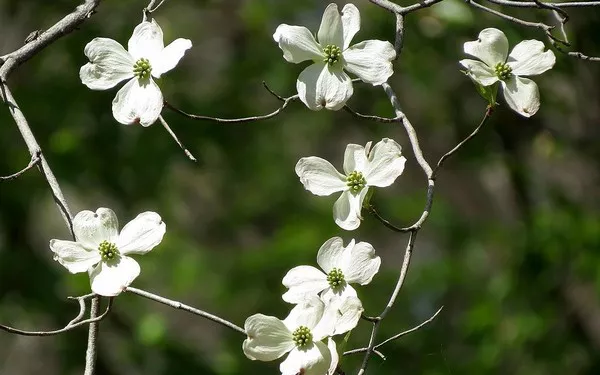Researchers have discovered a green and vibrant solution to combat water pollution – floating flower farms. In a study spanning 12 weeks, flowers cultivated on cost-effective floating platforms extracted 52% more phosphorus and 36% more nitrogen from polluted waterways compared to the natural nitrogen cycle. The innovative approach not only aids in water purification but also holds potential for generating income through the lucrative floral market.
Floral Filtration and Economic Potential:
Giant marigolds emerged as the stars of the trial, producing marketable stems and substantial blooms. Their yield matched that of typical flower farm production, indicating their success in this novel setting. The initiative not only contributes to water quality improvement but also taps into the multibillion-dollar floral market, presenting an economic opportunity.
Addressing Water Pollution Challenges:
Water pollution, primarily driven by runoff from farms, urban areas, and septic tanks, poses a severe threat to aquatic ecosystems. Excess phosphorus, nitrogen, and other chemicals entering water bodies trigger harmful algae blooms, leading to oxygen depletion and the creation of “dead zones” detrimental to aquatic life. The study’s approach addresses these challenges, particularly crucial as urban areas expand and water pollution escalates.
Inspiration and Sustainable Practices:
Inspired by traditional floating farming practices like the Aztecs’ chinampas in Mexico and the Miccosukees’ tree island settlements in Florida, researchers tested the concept of floating flower farms. The project aimed not only to make the flowers self-sustaining but also to create employment opportunities in the US cut-flower trade hub – Miami.
Trial Setup and Expansion:
The researchers utilized 4-by-6-foot mats of cost-effective polyethylene foam called Beemats, floating in outdoor test tanks mirroring water conditions of nearby polluted waterways. The success with giant marigolds in the tanks prompted the expansion of trials to canals in Coral Gables and Little River, anchored with weights and tied to shore for stability. The simplicity of the process, requiring no alterations to the landscape, makes it scalable and feasible.
Future Considerations:
While the giant marigolds demonstrated success, further research aims to identify additional plants with roots conducive to stability on floating platforms. Future raft designs may also undergo modifications to enhance stability and growth for a variety of cut-flower and crop species.
Scaling Up for a Sustainable Future:
Encouraged by promising results, one of the researchers is working on scaling up floating flower farms in South Florida, showcasing the potential for similar initiatives globally. This eco-friendly approach holds promise in addressing water pollution challenges while contributing to local economies through the flourishing floral market.


